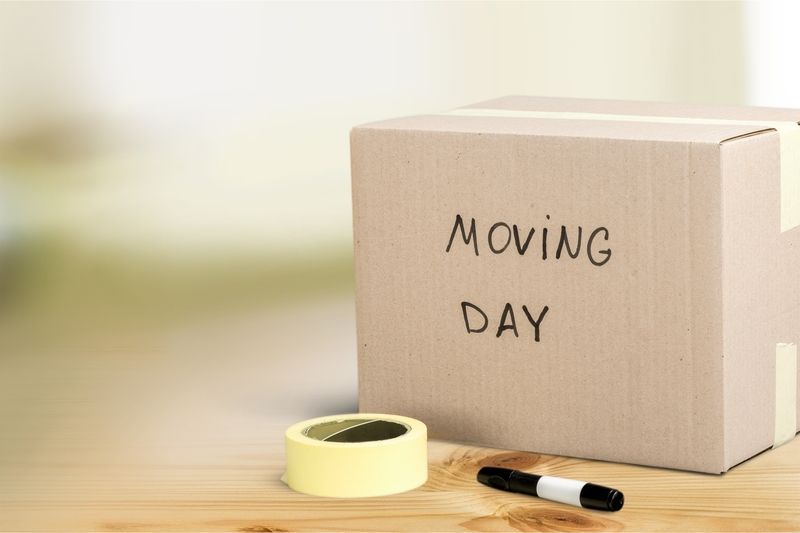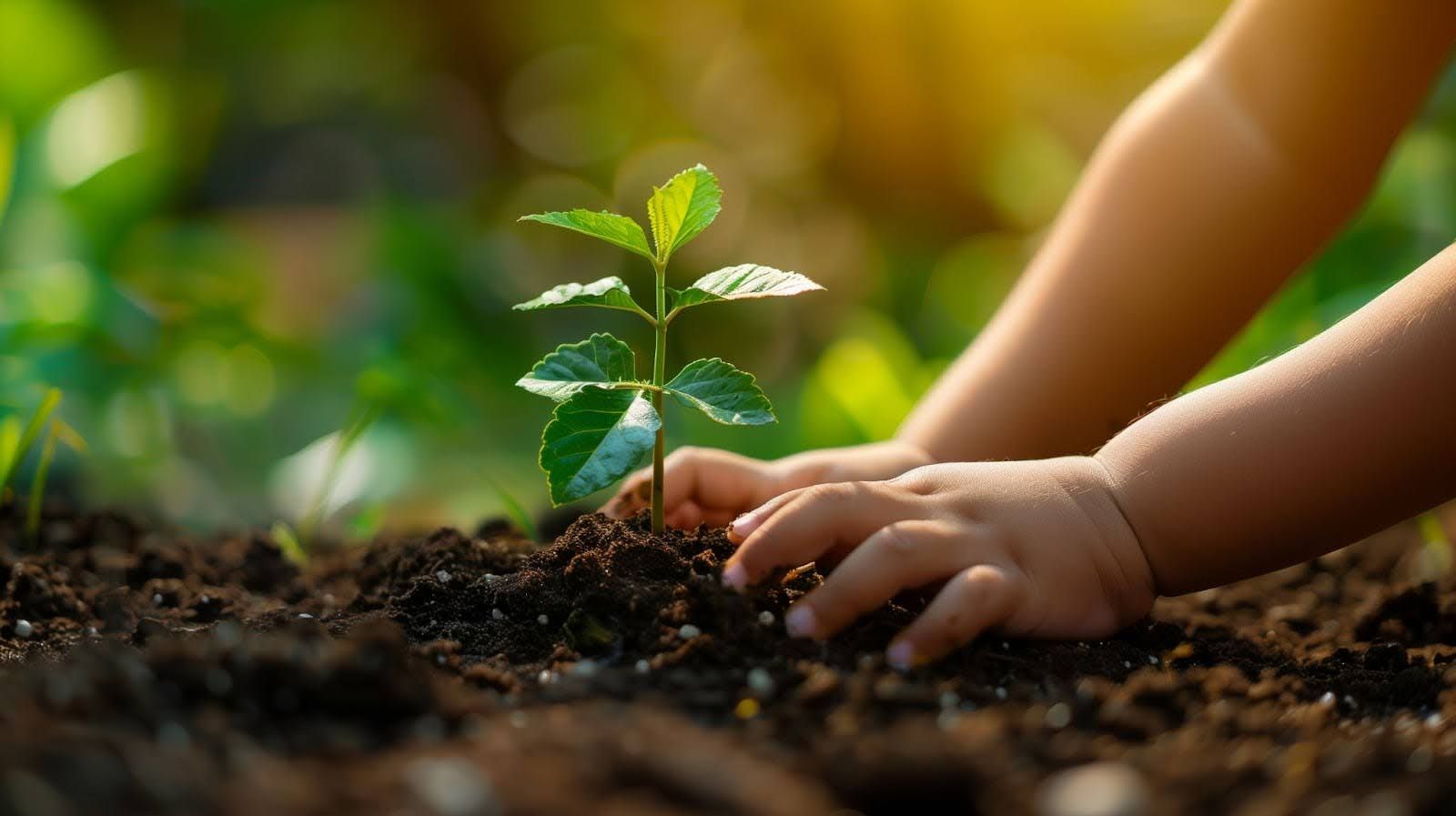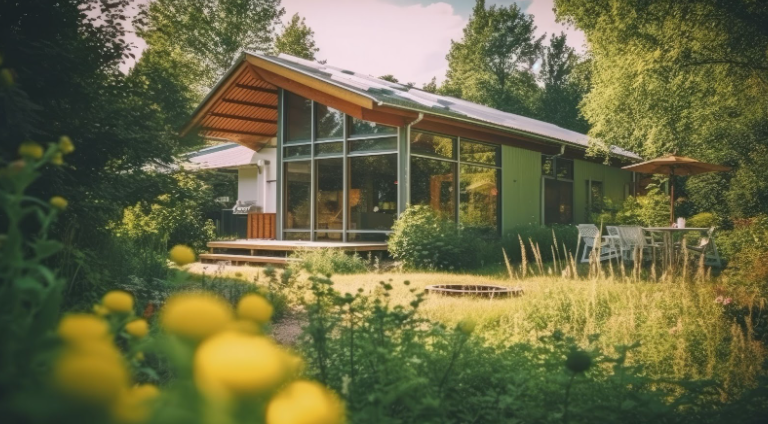Eco-Friendly Moving Guide: Tips for a Sustainable Relocation

Embarking on a move entails a multitude of tasks and decisions, from packing belongings to coordinating logistics. For those inclined towards sustainability, there exists a pathway towards eco-friendly relocation.
Introduction to Sustainable Moving
Moving to a new home or office can be a thrilling adventure, but it also comes with its own set of challenges, notably its environmental impact. Each year, millions of cardboard boxes are used once and then discarded, countless non-biodegradable packing materials end up in landfills, and the carbon footprint of moving trucks crisscrossing our cities and countryside grows ever larger. By adopting sustainable moving practices, we can significantly minimize the environmental impact of our relocation efforts.
The idea of sustainable moving focuses on reducing waste wherever possible, whether through the materials used to pack belongings, the methods of transportation, or the ways in which items are sorted and dispensed before the move. It's about making thoughtful decisions that prioritize the well-being of our planet, such as recycling materials, donating unwanted items, and selecting eco-friendly moving companies.
The benefits of implementing sustainable moving practices extend beyond just environmental considerations. Besides contributing to the reduction of waste and the conservation of natural resources, green moving practices can also be more cost-effective. For instance, using recycled or borrowed packing materials can lower the overall cost of moving. By sorting and decluttering belongings, individuals can lessen the volume of items they move, resulting in lower transportation costs.
Yet, adopting a sustainable approach to moving also presents its challenges. It requires a significant amount of planning and effort. From sourcing eco-friendly packing materials to finding new homes for unwanted items, sustainable moving efforts can seem daunting at first glance. But with the right information and approach, achieving a green relocation is entirely feasible.
As the Phoenix area, including Scottsdale and Cave Creek, becomes increasingly conscious of environmental issues, the demand for sustainable living practices is on the rise.
Taking steps towards a more environmentally responsible moving process is not only beneficial for the planet but also aligns with the values of our community. In this detailed guide, we will explore various strategies for planning a move that minimizes waste, including how to sort belongings for donations, recycling options for various items, and tips for making the moving process as organized and eco-friendly as possible. By embracing these practices, individuals can contribute to a healthier planet and enjoy a fresh start in their new home with a clear conscience.
Planning Your Green Move
Embarking on a green move begins with meticulous planning. Starting early allows you to identify and engage eco-friendly moving companies committed to sustainable practices. Creating a detailed timeline helps in organizing tasks systematically, reducing last-minute rushes that often lead to wasteful decisions. Employing a digital inventory tool can streamline your sorting process, ensuring you only move what is necessary and reducing the amount of unwanted items transported.
Sorting Belongings Mindfully
The cornerstone of sustainable moving is the mindful sorting of belongings. This involves categorizing items into what to keep, sell, donate, or recycle. Donating items not only reduces waste but also supports community organizations. A reputable option for donations is Goodwill (https://www.goodwill.org/), which accepts a wide range of items. Deciding what to donate can be simplified by assessing the condition and utility of each item, ensuring that what moves with you is essential and valued.
Eco-Friendly Packing Solutions
Traditional packing materials significantly contribute to moving waste. Opting for reused boxes from local stores or friends who have recently moved can substantially reduce this. Biodegradable packing peanuts and repurposing household items like towels and bedding as cushioning alternatives to bubble wrap not only minimize waste but are cost-effective. Local community boards often list free or low-cost packing materials, offering an eco-friendly source for moving supplies.
Efficient Recycling Practices
Recycling plays a critical role in a sustainable move. Items not suitable for donation, particularly electronics, should be recycled properly. Websites like Earth911 (https://www.earth911.com/) provide valuable information on recycling centers that accept a variety of items. Proper disposal of hazardous materials is crucial for environmental safety, and local waste management facilities can offer guidance on how to dispose of such items responsibly.
Green Moving Day Tips
Reducing carbon emissions on a moving day can significantly impact your move's sustainability. This can be achieved by efficiently packing moving vehicles to minimize the number of trips needed, renting appropriately sized vehicles, and coordinating with others to consolidate moves when possible. Such strategies not only lower emissions but can also decrease the overall cost and time spent on the moving process.
By incorporating these sustainable practices into your move, you actively contribute to environmental conservation while ensuring a smoother transition to your new home. Mindful planning, eco-friendly packing, efficient recycling, and organized moving day strategies form the foundation of a green and stress-free relocation.
Unpacking and Setting Up Your New Home
Unpacking in your new space is more than just removing items from boxes. It's an opportunity to continue your commitment to sustainability. As you unpack, think carefully about the placement of each item to optimize energy efficiency and utility. For instance, arrange your living spaces to take advantage of natural light, reducing the need for artificial lighting. Consider the disposal or repurposing of packing materials thoughtfully. Cardboard boxes can be broken down and recycled or kept for future use, while packing peanuts made from biodegradable materials can compost.
Setting up your new home offers the perfect chance to incorporate more permanent sustainable practices into your lifestyle. This might include investing in energy-efficient appliances, installing water-saving fixtures, or setting up a home recycling station to ensure continued environmental responsibility. The choices you make now can have long-term benefits for the planet and your own well-being.
Reflections on a Sustainable Relocation Experience
Looking back on the journey of a sustainable move, from the early stages of planning to the final touches of settling in, it's clear that while the process requires effort and dedication, the rewards are substantial. A successful green move not only reduces the ecological footprint of relocating but also creates a meaningful impact on the communities and environments we engage with.
Embarking on a sustainable moving process can also be a deeply personal journey. It provides a unique perspective on the value of our belongings, the importance of mindful consumption, and the power of individual actions in contributing to a healthier planet. While challenges are inevitable—ranging from finding suitable recycling options to sourcing eco-friendly moving supplies—the process is also rich with opportunities for innovation and growth.
As we reflect on this experience, it becomes clear that sustainable moving is more than just an environmentally sound choice; it's a statement about the kind of world we want to live in and leave behind for future generations. It's about taking responsibility, not just for our belongings but for our impact on the environment and society.
Achieving a sustainable move is entirely possible with planning, commitment, and resourcefulness. This guide serves as a foundation, but the journey doesn't end here. Beyond the move, sustainable living practices can continue to shape our daily lives, influencing decisions big and small. By embracing the principles of sustainability in moving and beyond, we contribute to a culture of conscientious living and environmental stewardship, making our world a better place, one move at a time.
This final segment wraps up our comprehensive guide on achieving a sustainable move, offering strategies for unpacking and setting up an eco-friendly home and reflecting on the broader implications and rewards of sustainable relocation practices.
Ready to embark on your sustainable moving journey but uncertain where to start? Contact Danijela Quenzler, Realtor today to learn how we can make your move a green success.











